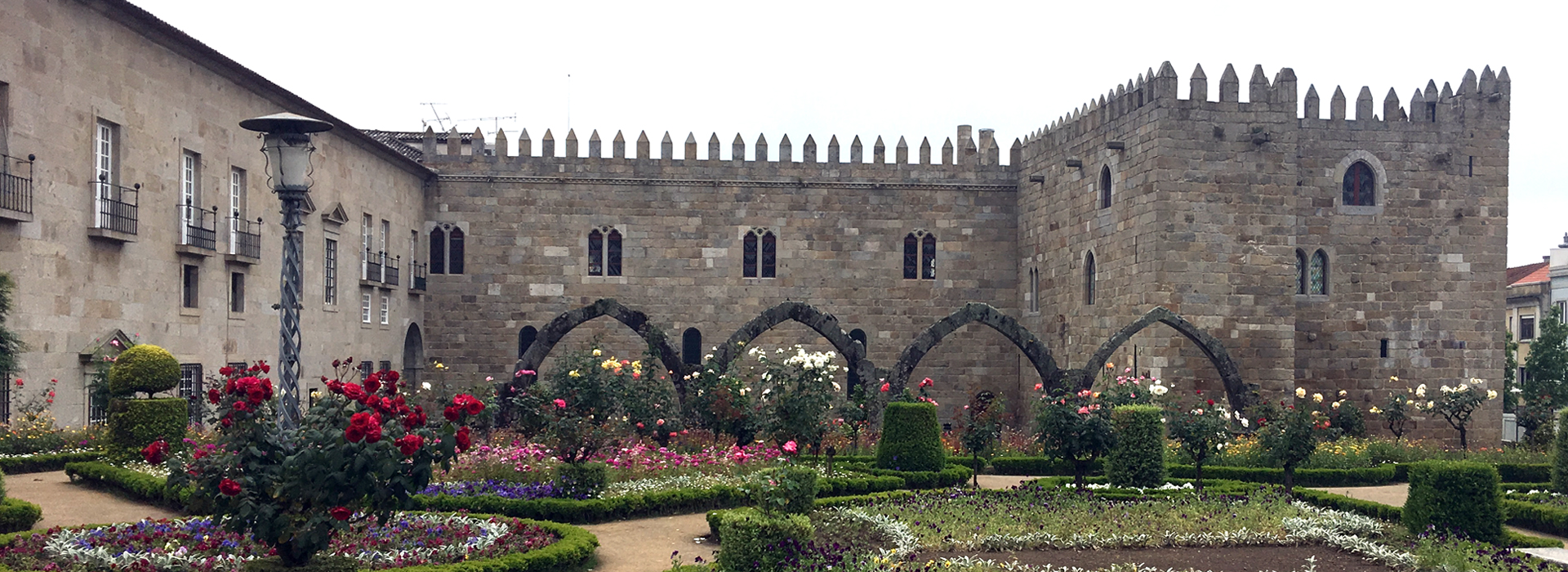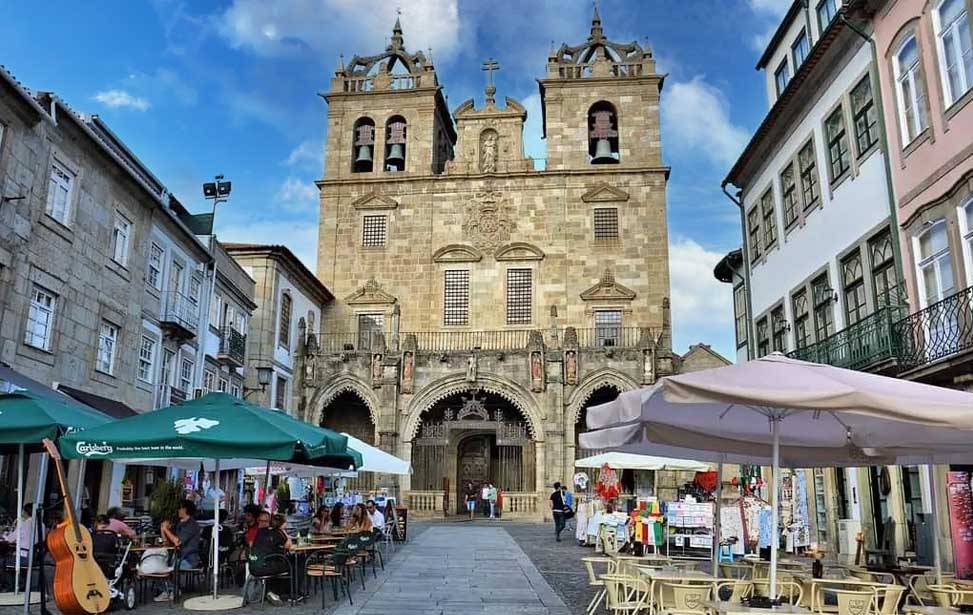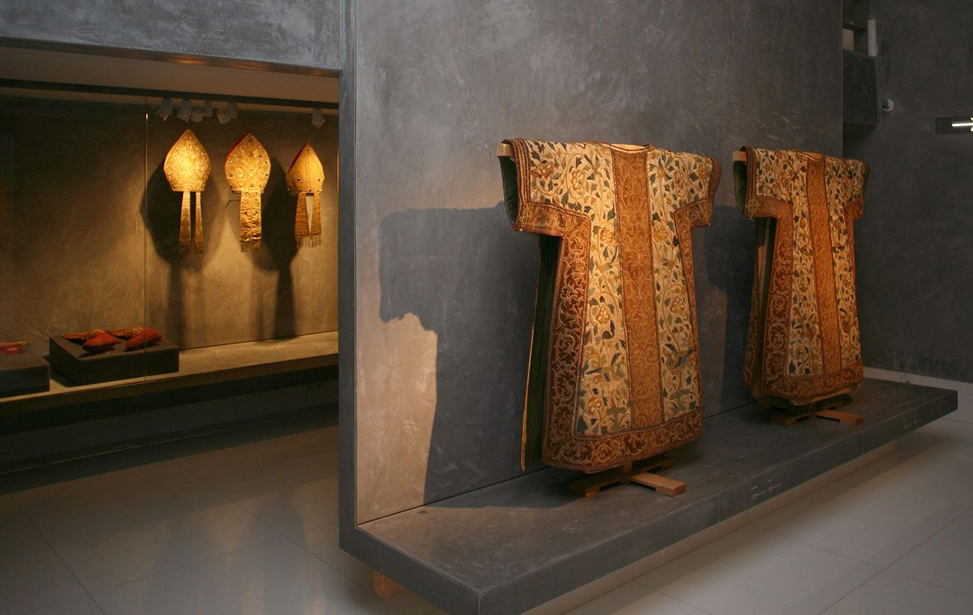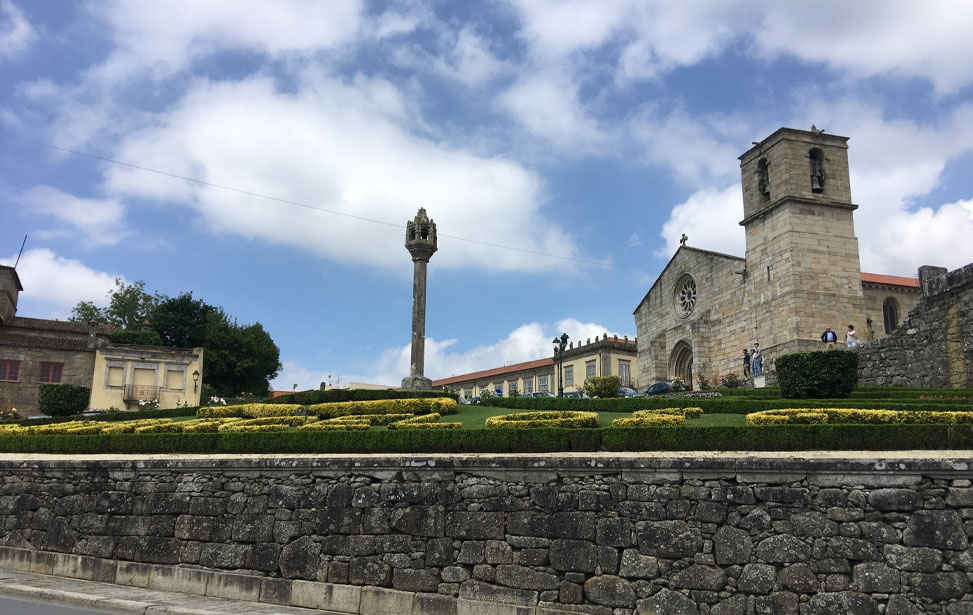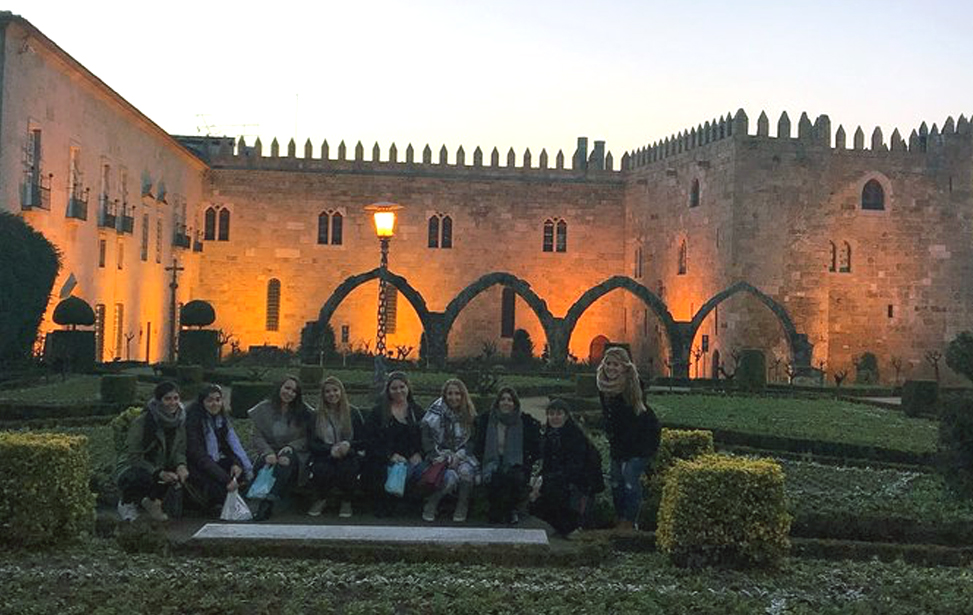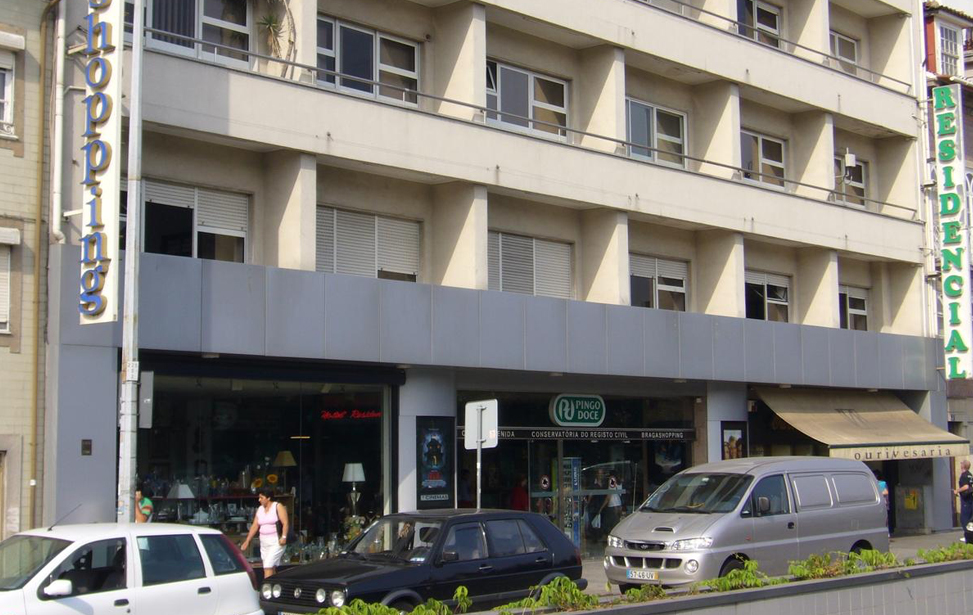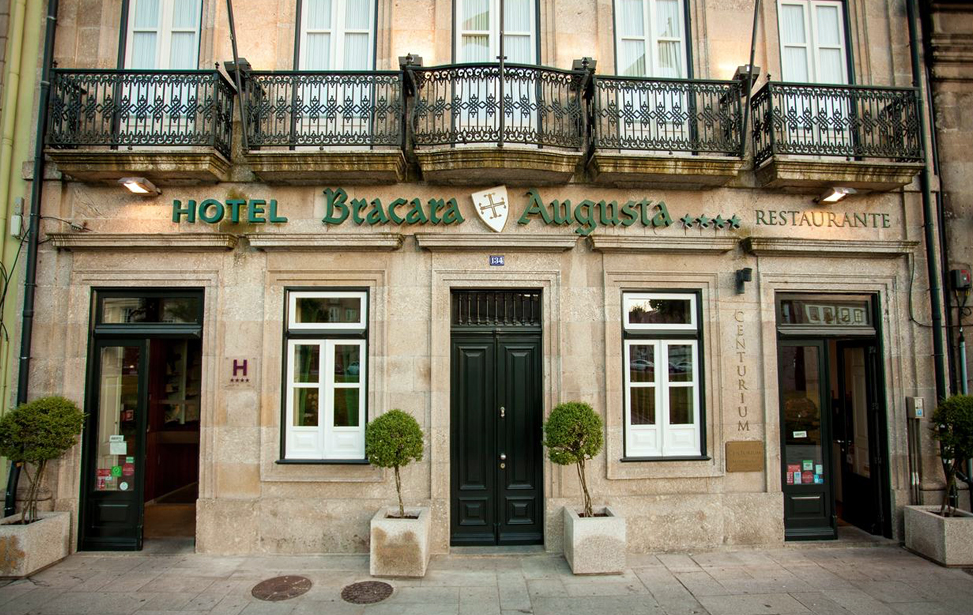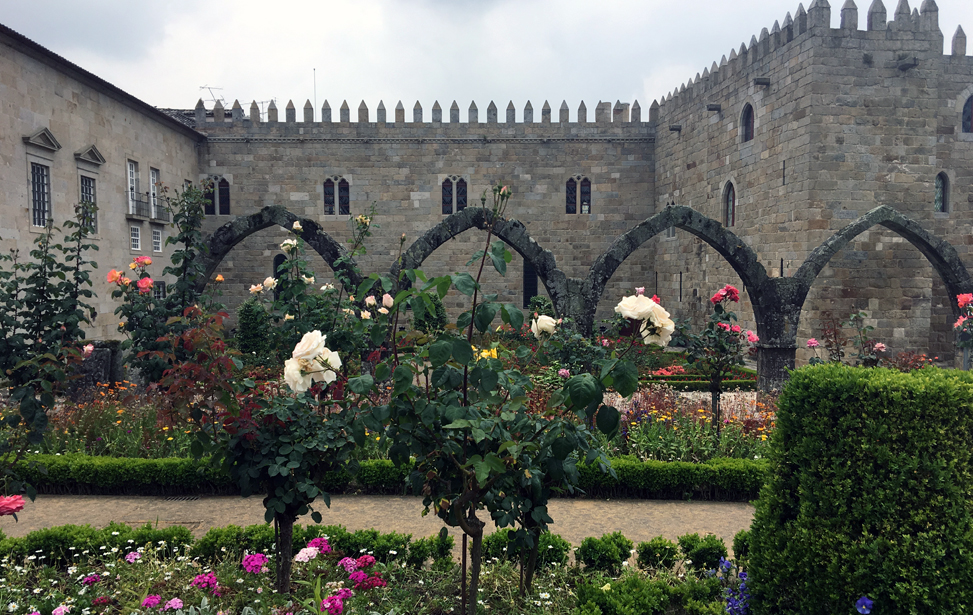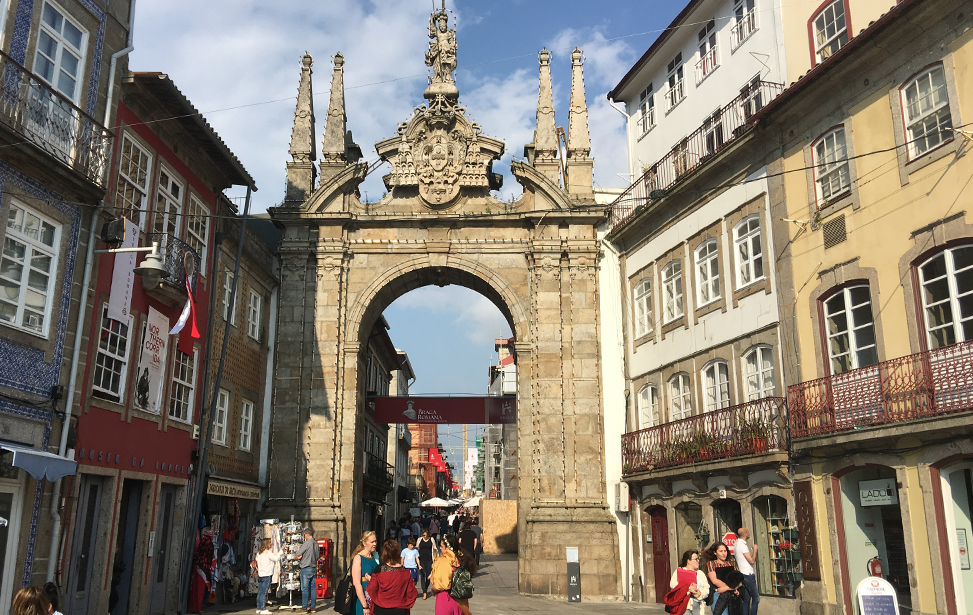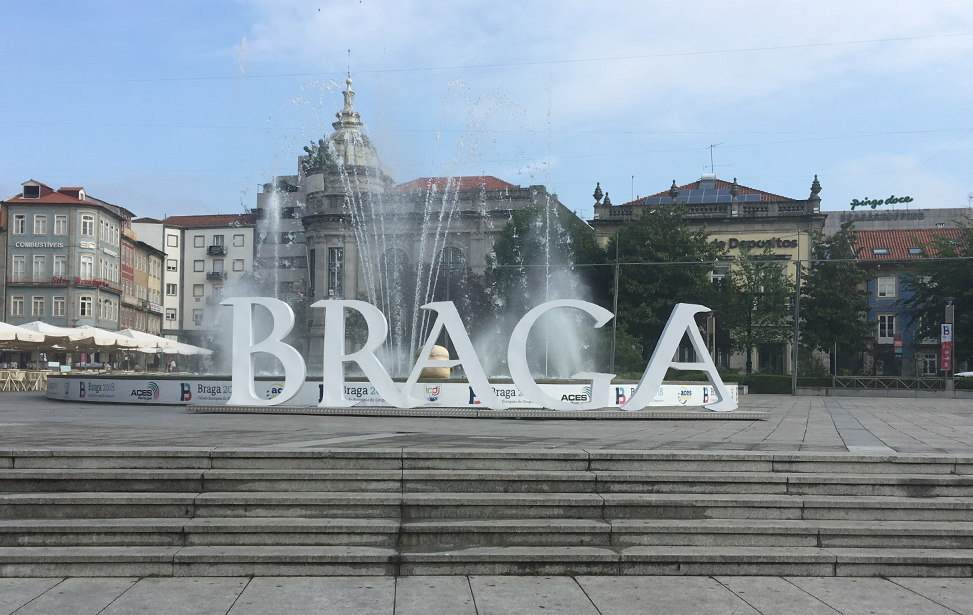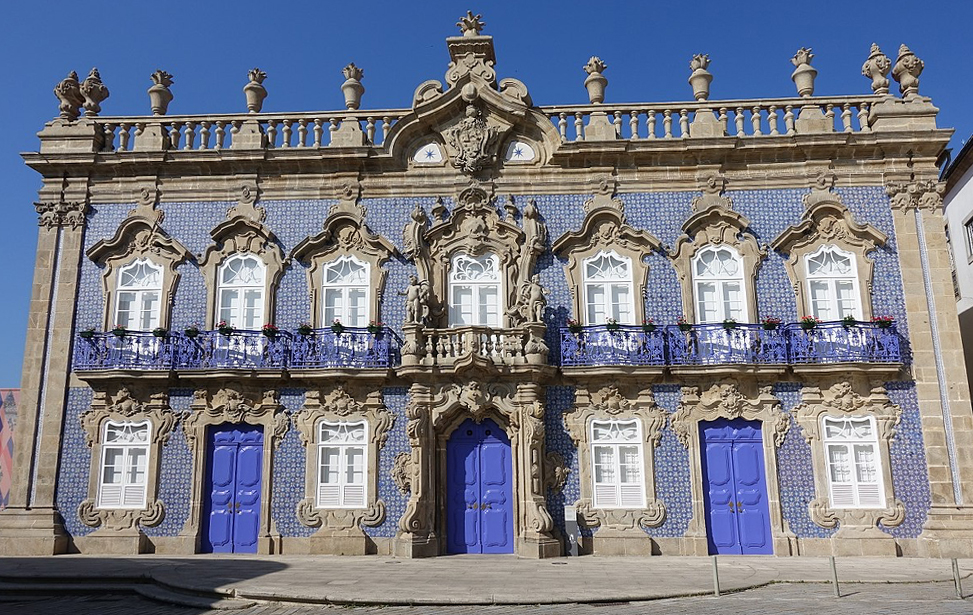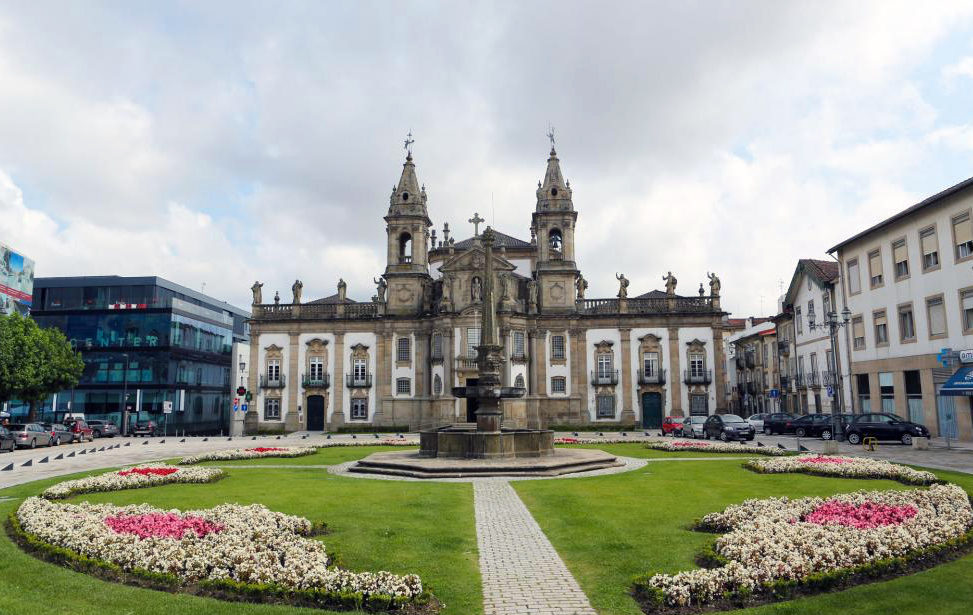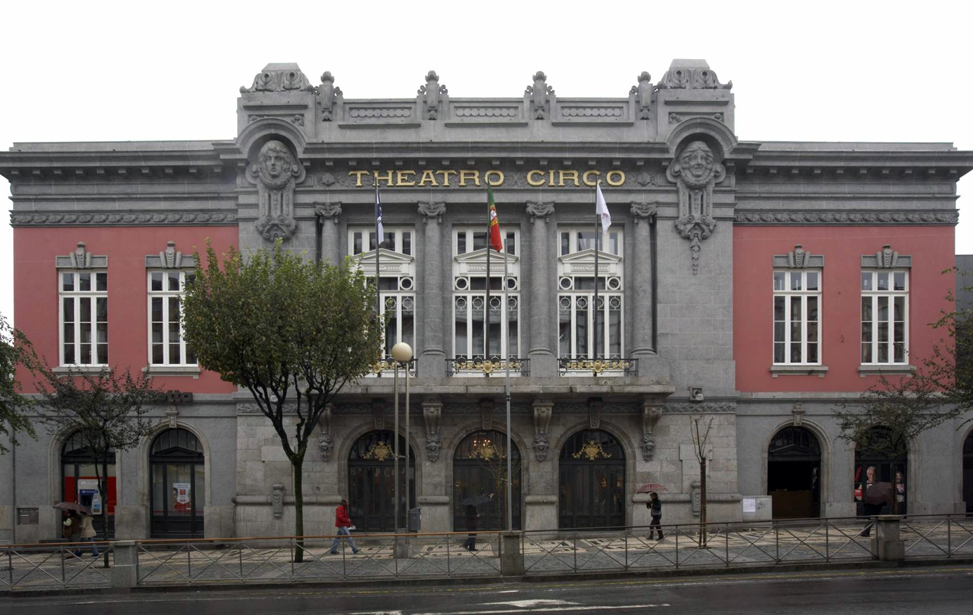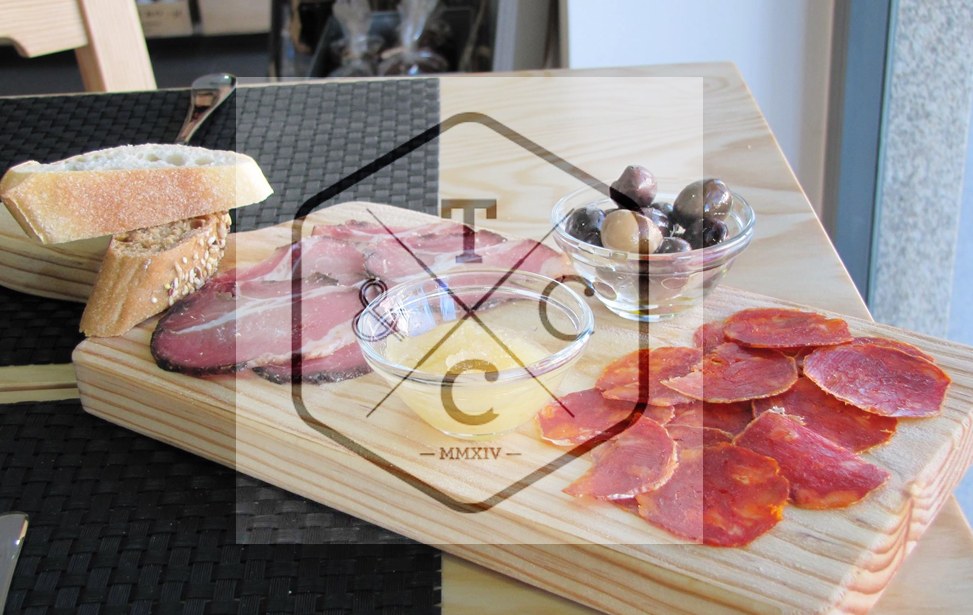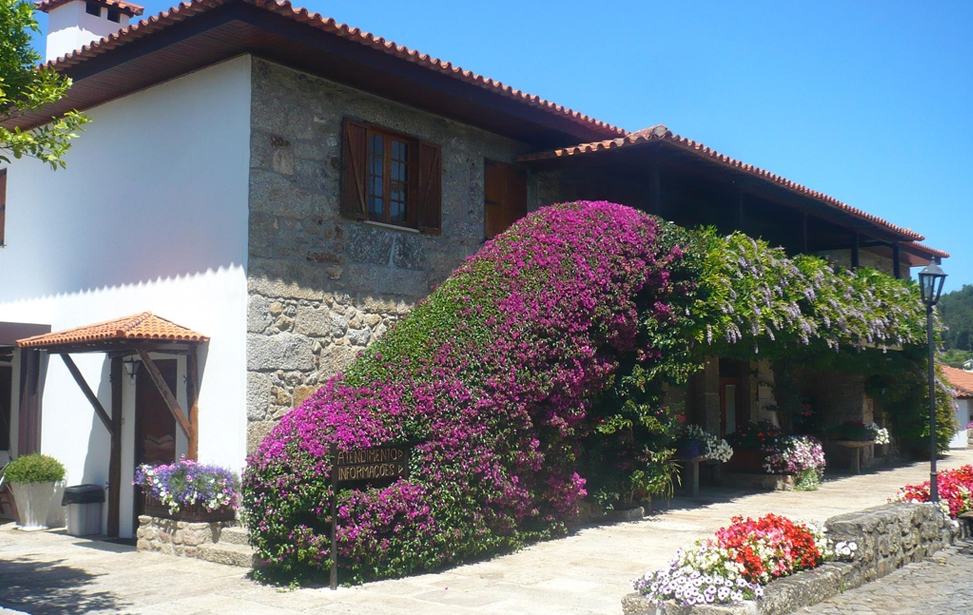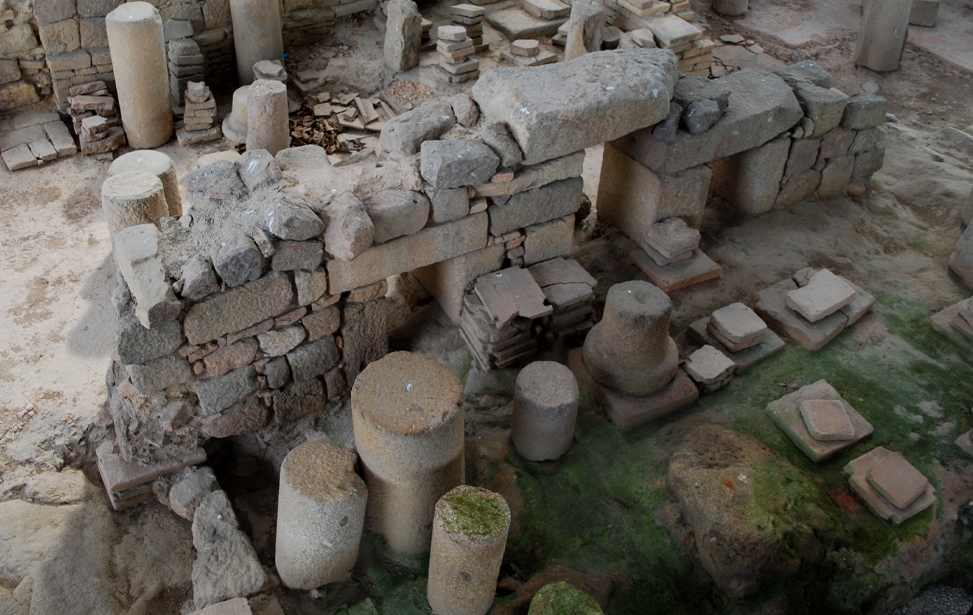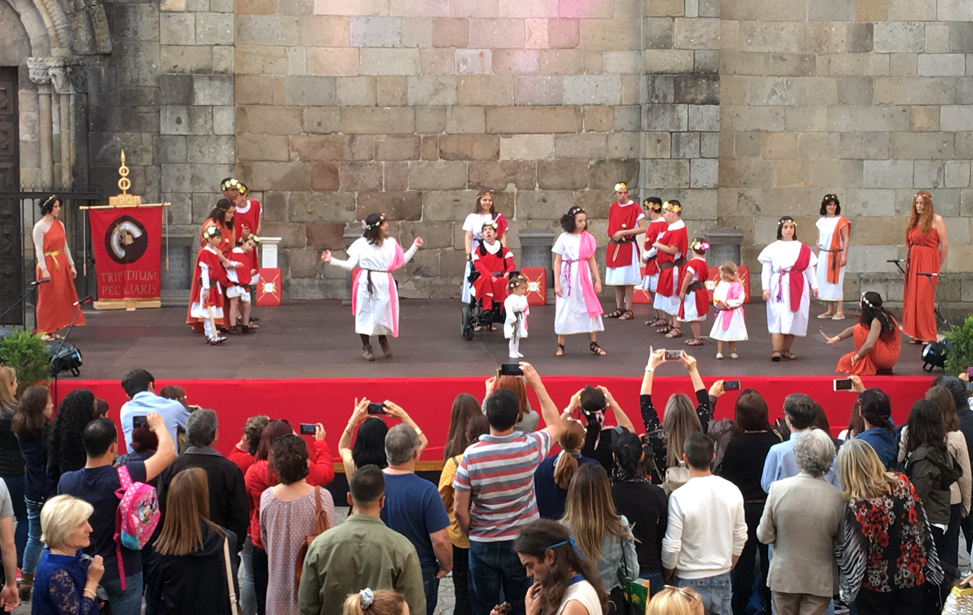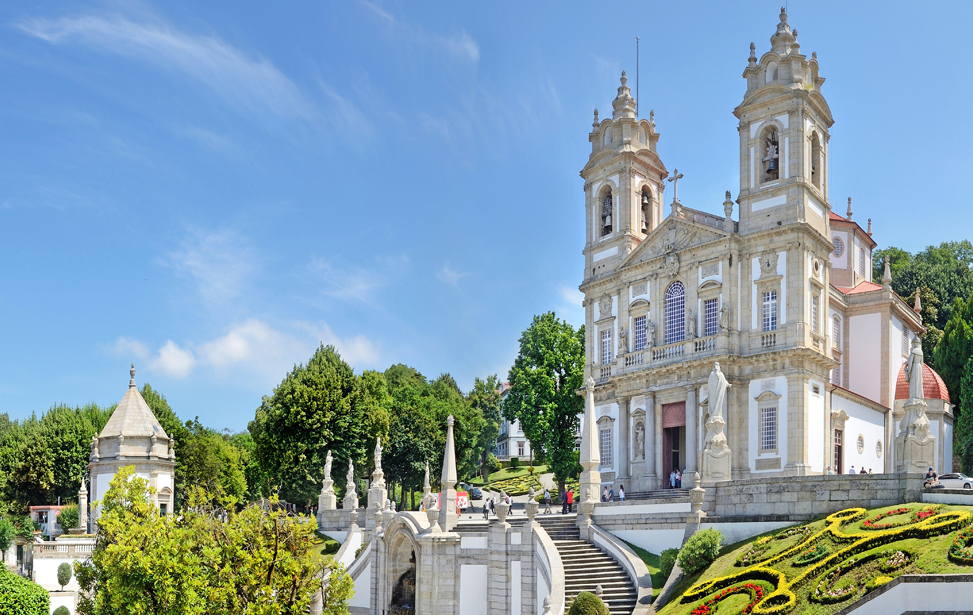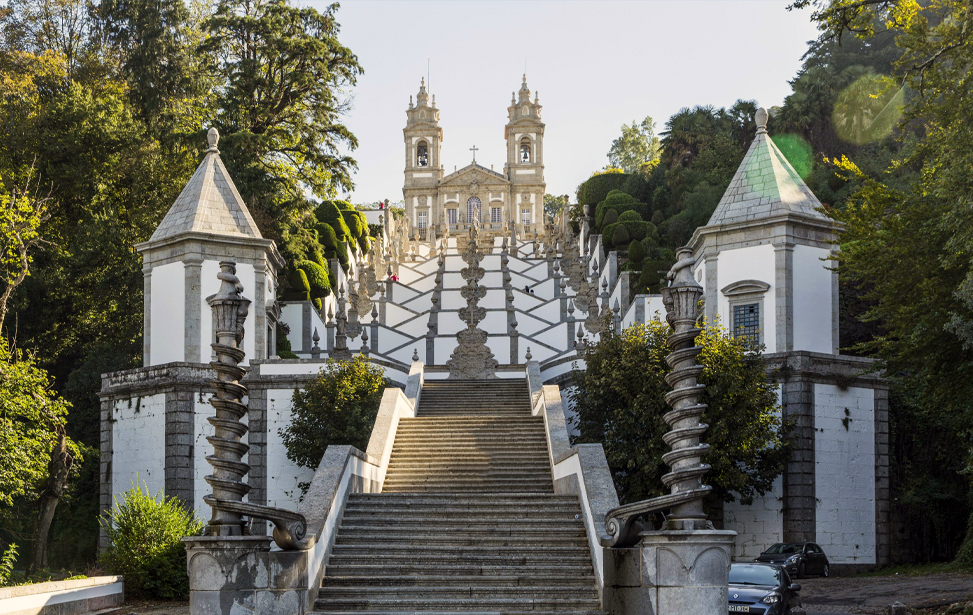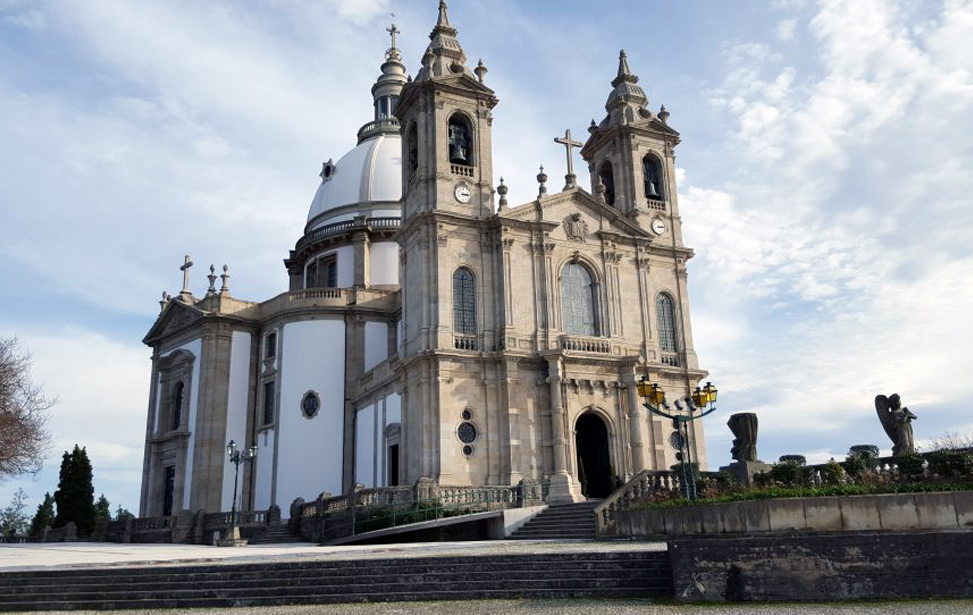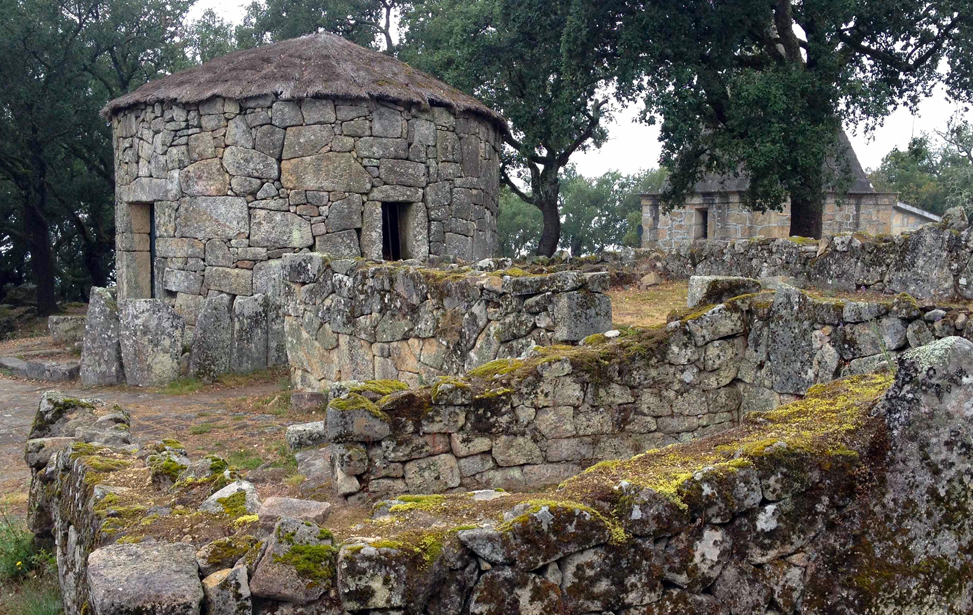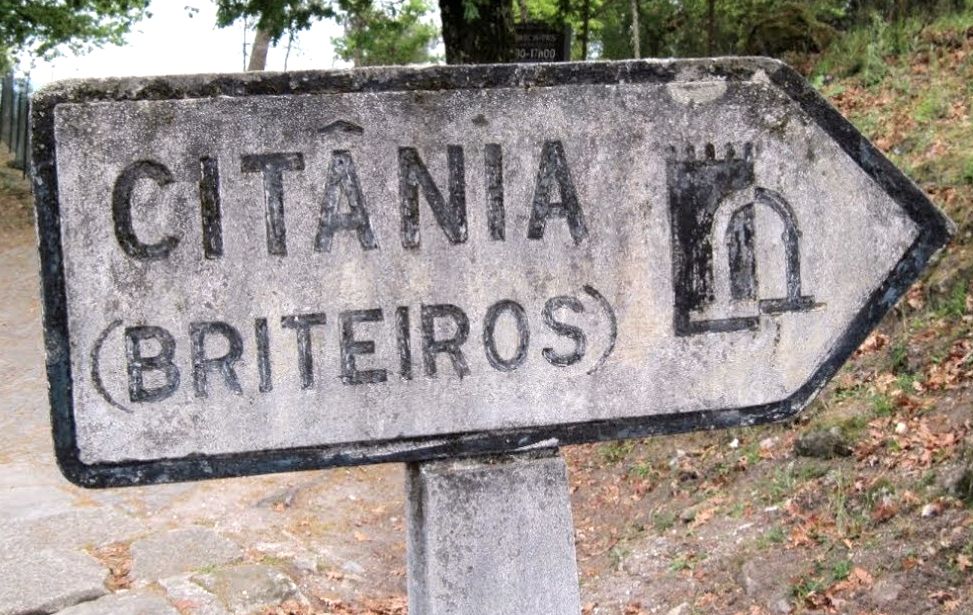BRAGA
Braga has blossomed into a must-visit destination, offering plenty to explore. This vibrant city is perfect for a jam-packed day trip or even a few days' stay. With MADABOUTPORTO.COM as your guide, discover the top attractions, things to do, best places to eat, and where to stay. Learn how to get there and navigate the city with ease, ensuring you make the most of your visit to this historic gem in Portugal.
.
INTRODUCTION TO BRAGA
Braga's strategic location on the fertile land between the Cávado and Este rivers has made it an important settlement since ancient times. The traditional industry of Braga is religious in nature, making carvings, church organs, bell casting, candles and candlesticks and embroidering vestments. Braga is still a major religious centre, in fact, you can hardly walk a few yards without encountering a church, seminary or a religious souvenir shop, which gives the town its nickname; "Portugal's Rome".
In modern times Braga has swollen into a large industrial town and is now the largest city North of Porto. Factories producing cars, electrical items, leather goods and textiles have sprung up within its bland outskirts. However, there is plenty of the Old Town remaining to delight the visitor, with medieval buildings, mansions, a castle keep, fountains, palaces, cafés and restaurants and of cause… the aforementioned religious buildings.


 MAD ABOUT LISBON
MAD ABOUT LISBON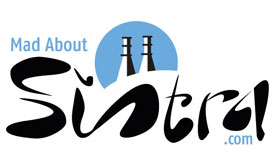 MAD ABOUT SINTRA
MAD ABOUT SINTRA MAD ABOUT PORTUGAL
MAD ABOUT PORTUGAL